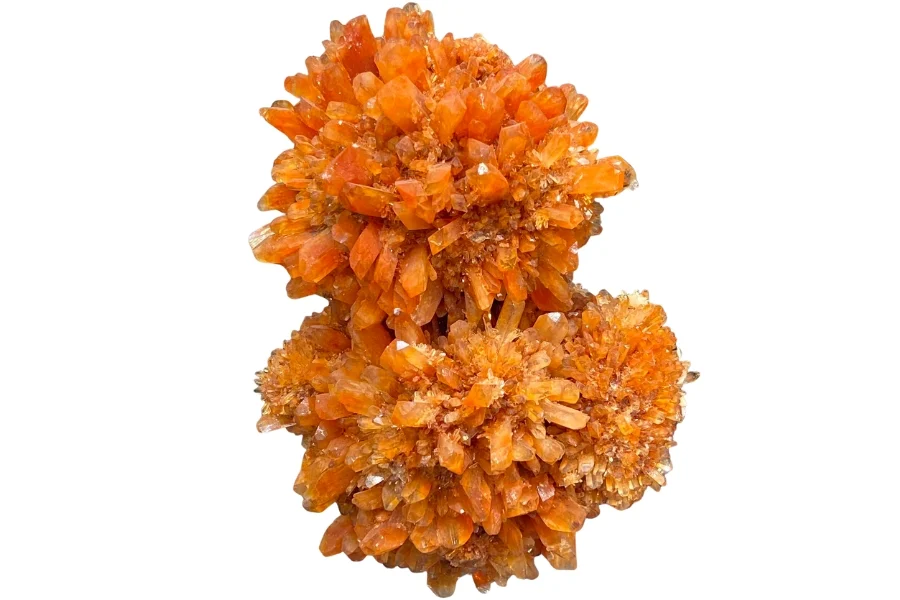Another exciting week of rockhounding has wrapped up and the Rock Chasing community has been busy! This week we’ll cover:
- Captivating purple rocks, minerals, gems, and crystals
- How to put a price tag on your crystal
- How expensive and luxurious can marble get?
- Go gem hunting in Oregon with this guide
- Is obsidian as pricey as its lustrous looks?
- Why you should hunt for rocks in farm fields
- Rugged boots should be your next buy
- Crystals that look like flames
All that and more below!
Win new gear in our community!
We are giving away new equipment every month to followers of our social channels. Every follow gives you another chance each month to win some great rock hammers, chisels, books, and other essential gear!
Click on the links below to sign up!
Find Of The Week
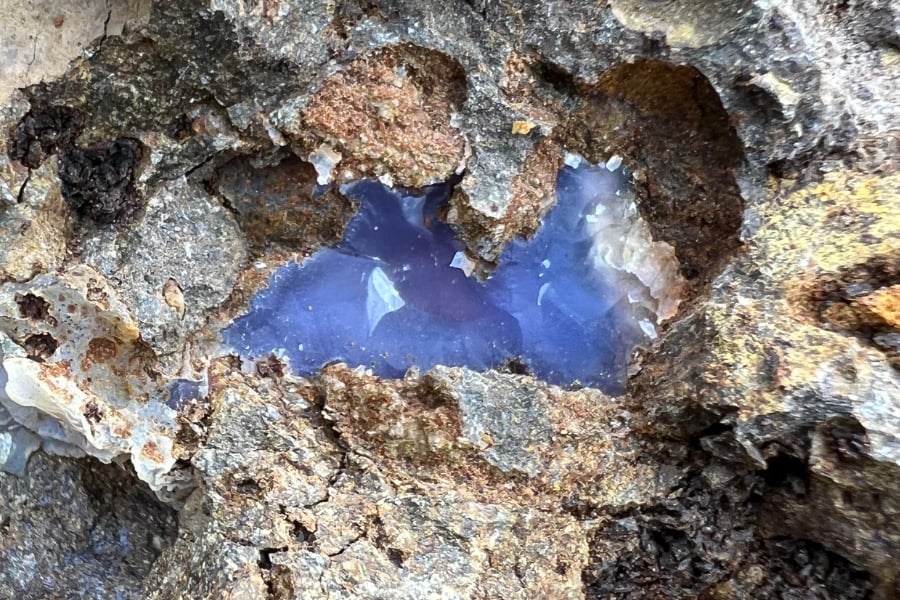
Today we’re featuring a translucent purple chalcedony found near Ashland in the state of Oregon.
As a breathtakingly beautiful variant, purple chalcedony captivates the eyes of gem enthusiasts around the world. Its luscious lavender to deep violet hues intertwine in a mesmerizing pattern, giving it an enchanting aura that evokes a sense of mystique.
This gem is quite rare compared to other colored chalcedonies, which adds to its allure and perceived value. In certain lights, the purple chalcedony’s translucent layers seem to dance, creating a visual symphony that resonates with those fortunate enough to behold it.
Formed through a process of slow crystallization of silica minerals within volcanic rock cavities, its unique color is often attributed to trace elements of manganese. This delicate creation process adds to the overall enigmatic quality of this gemstone.
Purple chalcedony is usually found in locations where volcanic activities have occurred, like Brazil, India, and Madagascar. It is not only a gem for jewelry but a symbol of sophistication and an embodiment of the mysterious elegance found deep within the Earth.
If you have any new finds you’d like to share with the Rock Chasing community please send them to communitysubmissions@rockchasing.com. We would love to share and will happily give you credit!
Captivating Purple Rocks, Crystals, Minerals, and Gems
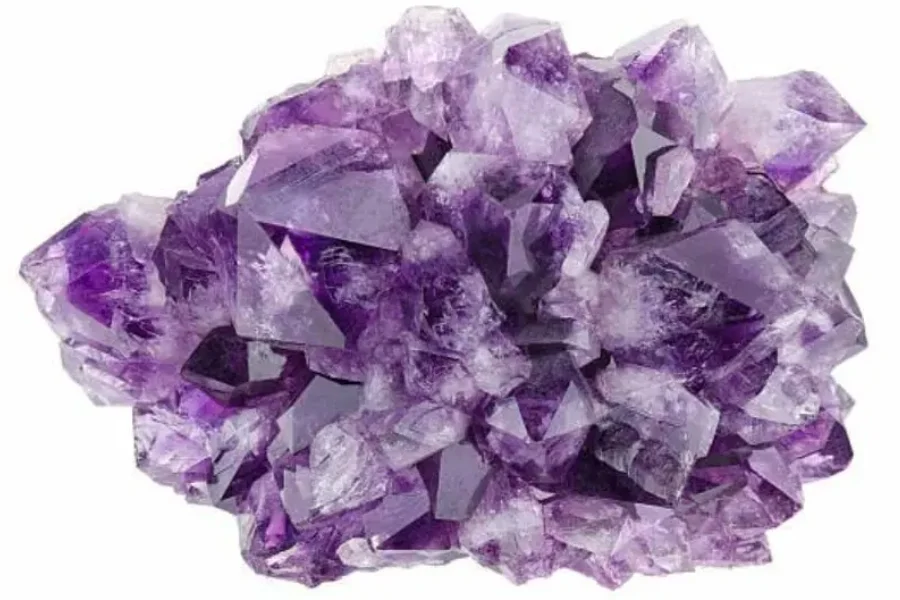
Purple rocks, minerals, and gems are some of the world’s most beautiful and captivating natural phenomena. The color purple is associated with royalty, luxury, and mystery, which makes these objects even more intriguing.
Purple natural treasures can be found in many places worldwide and come in various shapes, sizes, and colors. They can range from deep purples to light lavenders to vivid magentas.
They are usually igneous or metamorphic in origin. Igneous rocks form when magma cools and solidifies into a crystalline structure. Metamorphic rocks are formed when an existing gemstone is subjected to extreme heat or pressure that causes it to change its structure.
The wide range of purple rocks, minerals, and gems makes them sought after by collectors and enthusiasts. These objects can be used to create stunning jewelry or admired for their unique beauty. This article will explore the different types of purple rocks, minerals, and gems so you can be even more fascinated!
Is Obsidian As Pricey As Its Lustrous Looks?
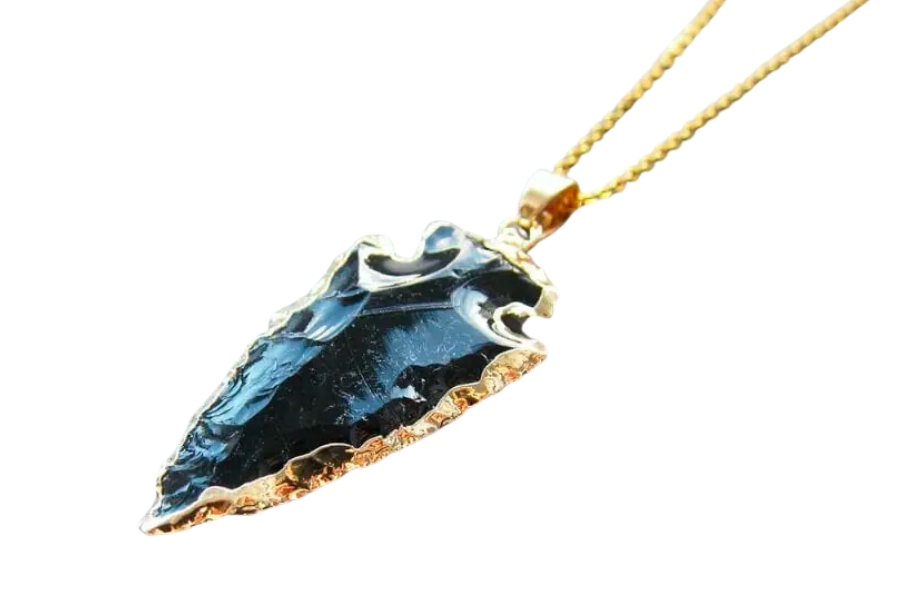
Obsidian, often dubbed “nature’s glass,” has been a gemstone worth its weight in gold for centuries. A volcanic glass born from fire, it’s blacker than the midnight sky and smooth as a cat’s meow.
You might think, “Why all the fuss over a shiny black rock?” Well, people have been using obsidian for eons, right from the Stone Age. Those early humans knew a good thing when they saw it– obsidian was perfect for crafting razor-sharp tools and weapons.
Let’s not forget its mystical appeal: they say obsidian can ward off negative energy and even help us see into the future!
These days, it’s not just about what obsidian can do for us but also how it makes us feel. With its dark, luxurious appearance, it’s a real showstopper. If you’re intrigued to know why people shell out big bucks for obsidian, this article is a worthwhile read for you!
Community Tip Of The Week

Every week one of our members shares a valuable tip or a big mistake they’ve made in their rockhounding journey. If you have a tip or mistake you’d like to share email us at communitysubmissions@rockchasing.com
This week’s tip comes from Anabelle in Mobile AL:
Farm fields can be a great spot to hunt!
The exciting truth is farm fields are treasure troves of rocks and minerals. I discovered this when a farmer friend of mine invited me to search his freshly plowed fields.
These lands are perfect hunting grounds because of the regular tilling and plowing. The constant churning of the soil brings buried rocks and minerals to the surface. In one unforgettable expedition, I found a fossilized coral right where soybeans were about to grow.
Farm fields also teach us about the unique mineral composition of the area. One such example was when I found a beautiful chunk of agate in a cornfield. Its banding gave me clues about the volcanic activity that happened there ages ago.
If you want to improve your rockhounding skills, asking local farmers for permission to explore their fields after plowing can be a gateway to extraordinary finds. It’s a blend of adventure and education that connects you with the vibrant history of the Earth.
Anabelle
Gear Spotlight – Rugged Boots
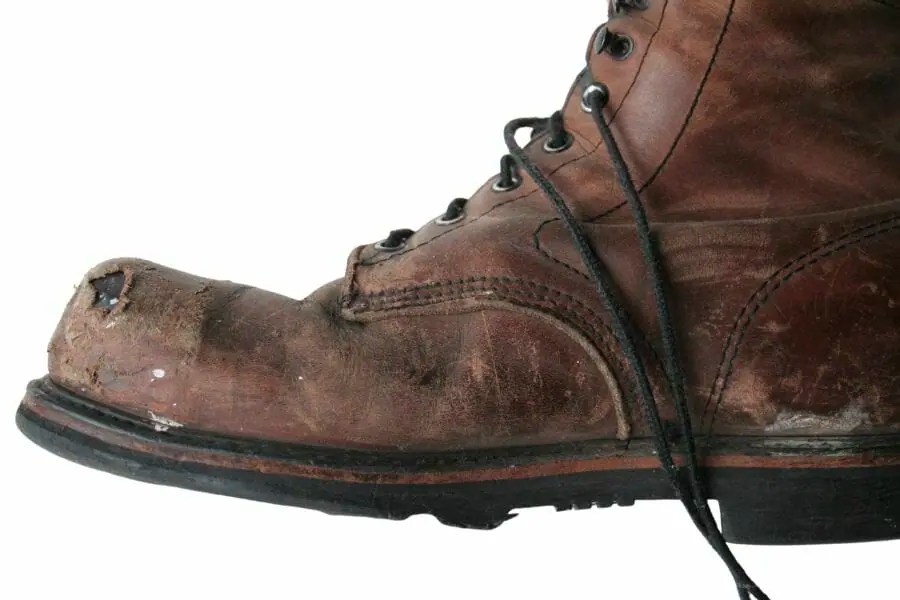
A rugged boot is a vital piece of equipment in rockhounding, not just for the sake of your comfort, but for your safety, stability, and overall effectiveness in your geological explorations.
Rockhounding requires agility, precision, and resilience, all of which can be significantly enhanced by the choice of footwear. That’s why a pair of rugged boots is more than a mere accessory— it’s a fundamental tool!
An ordinary pair of shoes is an inadequate choice for terrains with uneven surfaces, sharp rocks, and loose gravel. A rugged boot, designed with thick, durable soles and reinforced toe protection, provides much-needed safety against potential injuries.
The ankle support that these boots provide also ensures stability on slippery or steep terrain. Its materials are also typically crafted to withstand harsh conditions, such as mud, water, and abrasive rock surfaces, offering you dryness and comfort throughout your expedition.
If you want to know about the other equipment you should invest in, check out our complete guide to rockhounding gears. But if you need more information on what you should be looking for in a pair of boots, make sure you check these factors:
Durability: Your boots must be made of materials that can withstand wear and tear. Look for strong, quality construction that includes features like double-stitching and reinforced toe caps.
Traction and Grip: Its soles must provide sufficient grip and traction to handle slippery or uneven surfaces. A slip-resistant and well-designed tread pattern will offer stability and prevent accidental falls.
Support: Ankle support is essential to avoid sprains and provide stability when walking on uneven ground. A boot that laces up to or above the ankle can provide this necessary support.
Water Resistance: Depending on the environment, water and mud resistance might be vital. A waterproof or water-resistant lining will keep your feet dry and comfortable in wet conditions.
Comfort and Fit: A well-fitted boot that provides comfort for long hours of wear is vital. Look for cushioned insoles, ample toe room, and a design that fits the foot’s natural shape.
Crystals That Look Like Flames

If looks could burn, this rhodochrosite crystal will toast anyone who stares at it. Just look at its intense red flame-like formation!
Rhodochrosite is a strikingly beautiful mineral known for its rich pink and rose-red color. Often banded with white layers and exhibiting a translucent to opaque luster, its appearance can be reminiscent of elegant marble. Though quite common, large and transparent specimens are rare and highly prized.
Typically, this crystal is formed within the cavities of sedimentary rocks and hydrothermal veins, a process that allows the mineral to develop its alluring crystalline structure. Its colors are due to manganese ions, giving it an aesthetic appeal that is unique among gems.
Argentina, Peru, and Colorado in the United States are among the primary locales where rhodochrosite can be found. In Colorado, it’s even esteemed enough to have been designated the state mineral.
Rhodochrosite is valued not just for its physical beauty but also for its metaphysical association with emotional healing and love. Its rarity, combined with its captivating appearance, allows it to hold a special place in both the market and the hearts of those who appreciate the natural artistry of the Earth.

